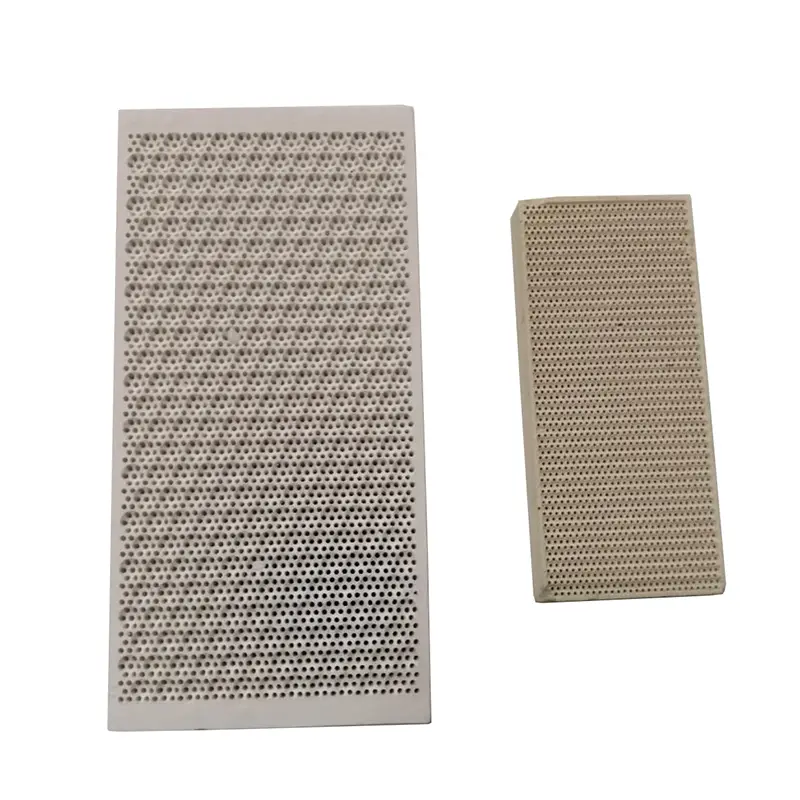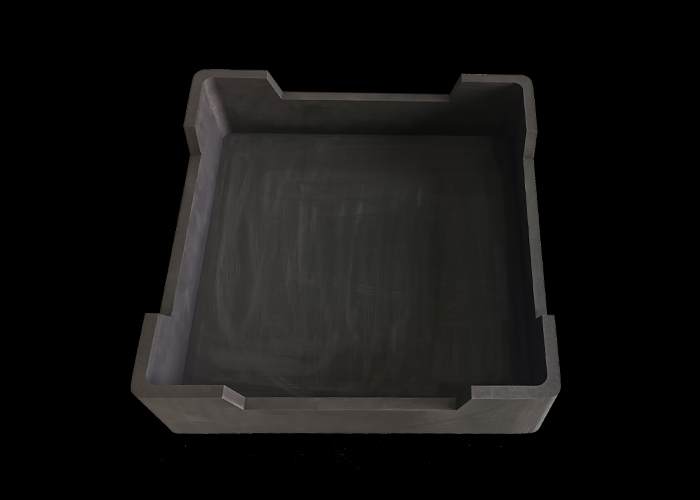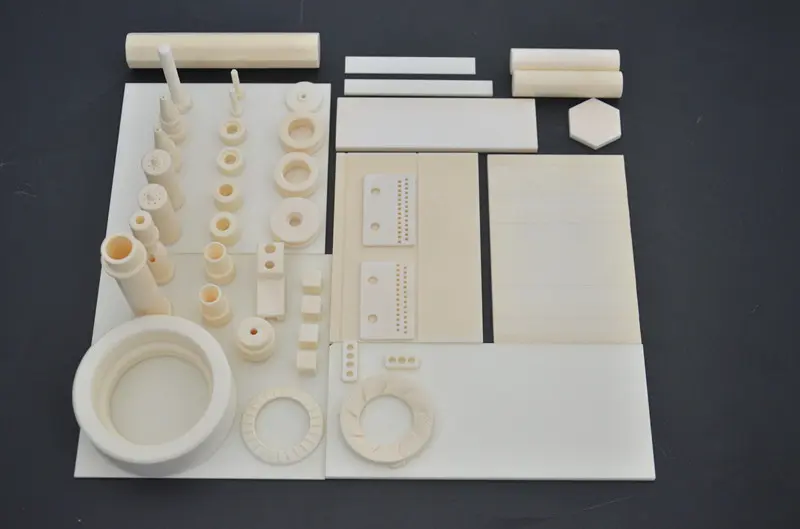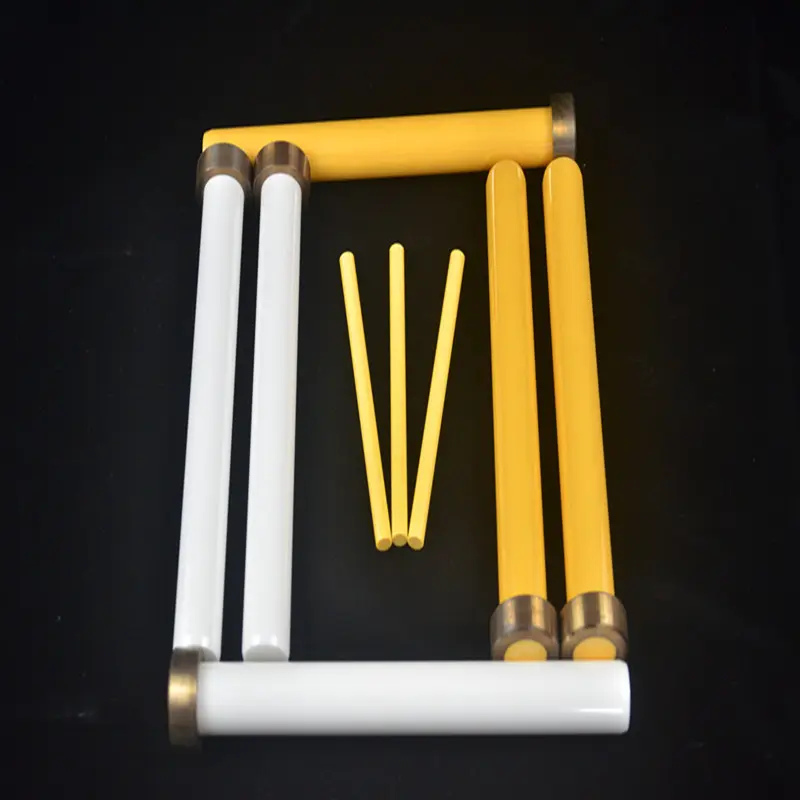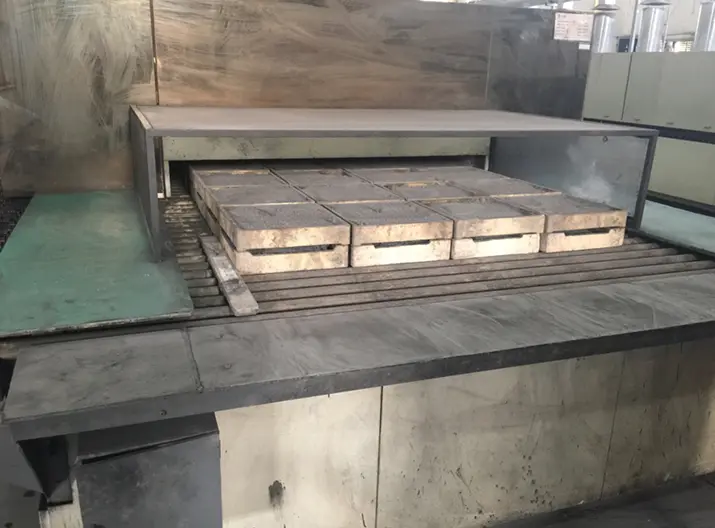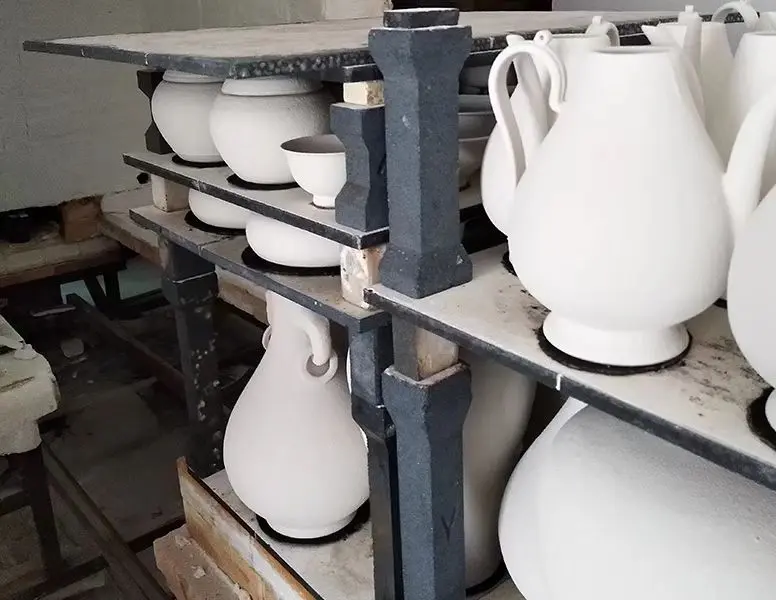The Principle and Application of Bulletproof Ceramics
The Principle of Bulletproof Ceramics
The fundamental principle behind bulletproof ceramics lies in their unique material properties. Typically composed of high-strength materials such as alumina, silicon carbide, or boron carbide, these ceramics are engineered to withstand extreme forces. The effectiveness of bulletproof ceramics is attributed to their hardness and brittleness, which allow them to shatter the projectile upon impact. This shattering process disperses the energy over a larger area, significantly reducing the penetration depth and the potential for injury.
When a bullet strikes a ceramic plate, the initial impact causes the ceramic to fracture. This fracture creates a network of cracks that further dissipates the energy of the bullet. The combination of the ceramic’s hardness and the energy-absorbing characteristics of the fractured material results in a protective barrier that can stop various types of ammunition. The design and thickness of the ceramic plates can be tailored to meet specific ballistic standards, making them versatile for different applications.
Applications of Bulletproof Ceramics
The applications of bulletproof ceramics are vast and varied, spanning military, law enforcement, and civilian sectors.
-
Military Armor: One of the primary applications of bulletproof ceramics is in military body armor and vehicle protection systems. Soldiers often wear ceramic plates in their vests, which provide a lightweight yet effective defense against high-velocity projectiles. Additionally, armored vehicles utilize ceramic composites in their construction to enhance protection against small arms fire and shrapnel.
-
Law Enforcement: Police forces around the world have adopted bulletproof ceramics in their protective gear. Officers often wear ballistic vests equipped with ceramic plates to safeguard against potential threats during high-risk operations. The lightweight nature of these ceramics allows for greater mobility and comfort, which is crucial in law enforcement scenarios.
-
Civilian Use: The demand for personal protection has led to the development of civilian bulletproof products, including backpacks, briefcases, and even clothing that incorporate bulletproof ceramics. These products cater to individuals seeking enhanced safety in urban environments or high-risk areas.
-
Aerospace and Automotive Industries: Beyond personal protection, bulletproof ceramics are also finding applications in the aerospace and automotive industries. They are used in the construction of lightweight, impact-resistant components that can withstand extreme conditions, thereby enhancing the safety of both passengers and cargo.
-
Industrial Applications: In industrial settings, bulletproof ceramics can be utilized in protective barriers and equipment designed to withstand impacts from heavy machinery or projectiles. This application is particularly relevant in environments where safety is paramount, such as in mining or construction.
Conclusion
The principle and application of bulletproof ceramics highlight the innovative advancements in material science aimed at enhancing safety and protection. As threats evolve, the development of more effective and lightweight bulletproof ceramics will continue to play a pivotal role in safeguarding individuals and assets across various sectors. With ongoing research and technological improvements, the future of bulletproof ceramics looks promising, paving the way for even more sophisticated protective solutions.


